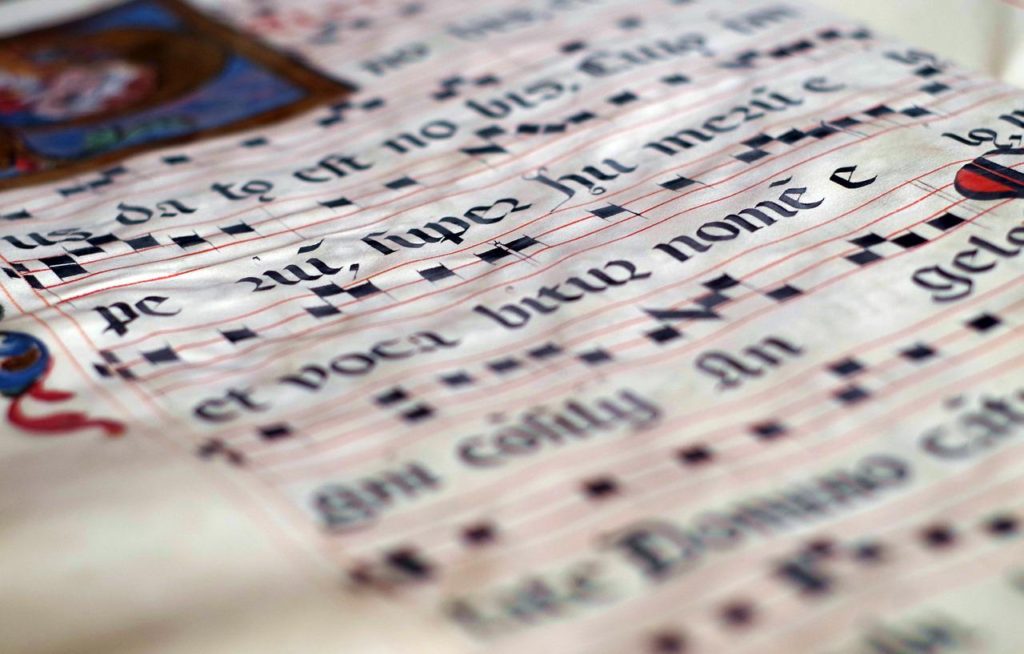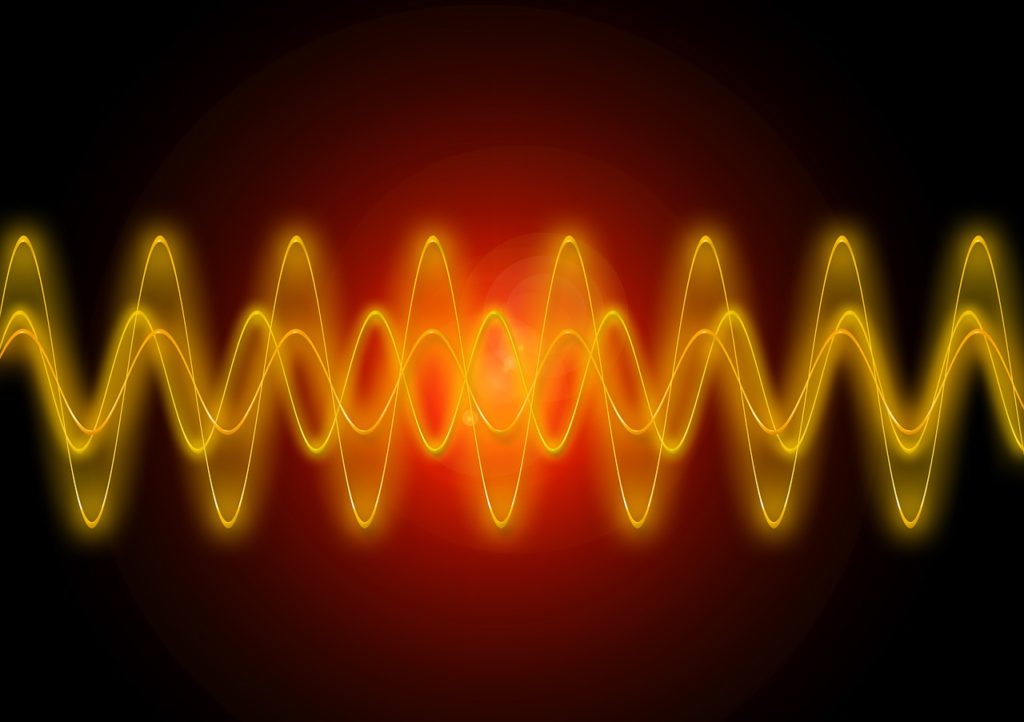Sing

The archive contains posts about learning to sing.
Sing
“If you can talk, you can sing. If you can walk, you can dance.”
An Old Zimbabwe Proverb
So, is it just opening your mouth and making sound?
Well… yes and no.
Anyone who can make sound can produce a melody. Even infants make pre-melodic sounds. However, have you ever wished to be better at it?
With coaching, you can make your melodies stronger. With coaching, you can to train yourself to sing in tune.
In the posts in the Singing in Tune and Shape Notes and Solfege blog categories, you will learn how to:
- Produce a better and more powerful tone
- Harmonize in tune
- Tune up your melodies
- Phrase the music
- Make the words more understandable
- Read sheet music (called sight reading)
- and more …
The Singing in Tune blog category focuses on harmonizing in tune. Based on cutting edge intonation research, Success Music Studio has created specially tuned sing-along songs. The sound files help foster a cappella level vocal tuning.
Alternately, Shape Notes and Solfege works on sight reading and melodic tuning. As the title of the category implies, we use shape notes combined with solfege (Do, Re, Mi) for sight reading. At the same time, solfege creates a sound model for tuning up melodies when used with the sing-along songs.
We will explore phrasing music, vocal tone, and intelligible text in either or both of the blog categories.
Have fun!
© 2021 Geoffrey Keith
Back to the Successful Music Student Blogs page
Do you have a hard time singing words like “lung,” “ton,” and “done” with a strong tone? Many vocalists find neutral vowels tricky to sing with good resonance. The most common neutral vowel in English is the schwa, which you can find in words like “the,” “a,” and “up.” Good vowel production remains a critical skill for vocalists. Vowels help with singing in tune and good vocal tone and resonance. All of these things revolve around how you perform your vowels. Read more to learn about singing schwa vowels. Estimated reading time 7 minutes.
Singing Schwa Vowels Read More »
Have you ever wanted to sing Mediterranean music or ancient melodies? Do you want to know how to perform modal music? Modes create the feel of exotic music from around the world and from ancient times. “Singing Shape Note Solfege Phrygian Melodies” will help you discover the world of modes. Estimated reading time 3 minutes.
Singing Shape Note Solfege Phrygian Melodies Read More »
Want to have better vocal tone? Want to sing in tune? Singing is all about the vowels. Vowels have a central role in singing, because the vowels impact your tone. Also, they impact how you tune when you harmonize. This happens when sound passes through the formants – the resonant folds in the vocal tract. The formants filter your voice’s harmonic overtones, which influences your harmonic intonation. Read more to learn about singing in tune with vowels. Estimated reading time 6 minutes.
Singing in Tune with Vowels Read More »
Having trouble singing 6-8 rhythms? Do you find compound meter (such as 6-8, 9-8, and 12-8) confusing? The sing-along soundtracks will help! Read more to learn about singing rhythm syllables in 6-8 time. Estimated reading time 2 minutes.
Singing Rhythm Syllables in 6-8 Time Read More »
How do rock and pop vocalists sing differently from your average joe singers? There must be something different they do, otherwise fans wouldn’t pay millions of dollars to buy their merchandise. Read more to learn how to sing in tune like a rock star. Estimated reading time 4 minutes.
Sing in Tune Like a Rock Star Read More »
Have you ever wanted to sing exotic music from long ago or far away? Do you have trouble performing modal music? Modes can create the feel of mysterious sounding mediaeval chants, some old timey folk and roots music, and exotic types of ethic and world music. Every other month we will explore a new mode. “Singing Shape Note Solfege Dorian Melodies” will start you down your path of discovery.
Estimated reading time 3 minutes.
Singing Shape Note Solfege Dorian Melodies Read More »
Do you have a hard time singing 7th chords in tune? Most vocalists do. Don’t worry, the sing-along song tracks can help! Read more to learn how.
Estimated reading time 3 minutes.
Singing 7th Chords in Tune Read More »
Want to sing in tune? Knowledge is power. The following post talks about how singers group pitches as they perform. Read more to find out how the fact that a note contains many pitches can impact singing in tune.
Estimated reading time 7 minutes.
A Note Contains Many Pitches: Singing in Tune Read More »
Are you confused about how to chant the Kodaly rhythm syllables in cut time? Do you wonder if it’s like chanting 2/4 or 4/4 syllables? Don’t worry, this post has you covered! Read more to learn about singing rhythm syllables in cut time.
Estimated reading time 3 minutes.
Singing Rhythm Syllables in Cut Time Read More »











